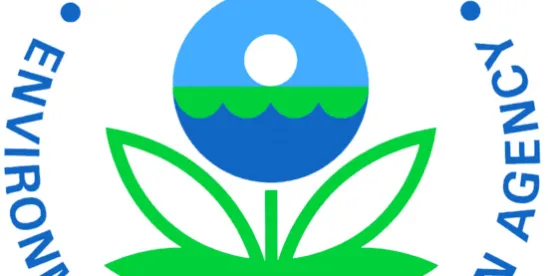The U.S. Environmental Protection Agency (EPA) signed a new air pollution rule in September that illustrates how EPA is implementing its next generation compliance ideas. The rule governs hazardous air emissions from petroleum refineries, but features several “next gen” tools that are relevant to other types of facilities, especially chemical plants and oil and gas storage facilities.
Next Gen Tools Found in the New Refinery Rule
EPA’s next generation compliance initiative seeks to modernize the agency’s regulations and enforcement efforts. The initiative encourages the use of new technologies for detecting air emissions, aims to incentivize compliance and emissions reductions, rather than relying primarily on the threat of enforcement, and also encourages greater public disclosure of environmental data. Many of these ideas are on display in the new refinery rule.
First, the rule requires “fenceline monitoring” of benzene concentrations and corrective action if benzene levels are detected above a baseline level. This is the first time EPA has required fenceline monitoring and related corrective action measures on such a large scale.
Second, the rule requires electronic reporting of the fenceline monitoring data. That is important not simply because it will enhance EPA’s ability to bring timely enforcement actions, but also because it is a prelude to public disclosure of the monitoring data. EPA has explained that it intends to develop a publically accessible database of the fenceline monitoring results.
Third, the rule illustrates EPA’s evolving approach toward so-called “upset” or “malfunction” events. Historically, many EPA air regulations excused compliance during periods of equipment malfunction. EPA has begun rolling back those malfunction exceptions and, in the new refinery rule, the agency adopts an approach to malfunction events that it will likely seek to apply to other industrial facilities going forward, especially those that use flares and pressure relief devices (PRDs). The new rule aims to minimize the use of flares and PRDs, in part because of recent studies suggesting that flares and PRDs can themselves be large sources of air pollution. The rule limits the number of flaring and PRD events that are permitted, requires refinery operators to develop flare management plans (to reduce flare use) and requires certain corrective actions to be taken after each flaring or PRD event.
Fenceline Monitoring Issues
The rule’s fenceline monitoring and corrective action requirements deserve special attention. Those features of the rule are intended to improve the control of so-called “fugitive” emissions, emissions that, generally speaking, leak out of industrial equipment rather than being expelled out an exhaust stack where they can be more easily subjected to pollution control devices. Many other types of facilities experience fugitive emissions, including chemical plants, distilleries, oil and gas storage terminals, and wastewater treatment plants. Thus, the new refinery rule provides a glimpse of a possible regulatory future for many other industrial activities.
A critical issue in this context is how the fenceline monitoring data will be used. Do high levels of a hazardous air pollutant, standing alone, establish a violation, or is something more required? In the new refinery rule, mere detection of high benzene levels does not itself constitute a violation, but a violation may occur if the refinery owner or operator fails to take prompt action to reduce the high levels after detecting them.
Conclusion
The new refinery rule appears to be EPA’s most extensive illustration of the agency’s next generation compliance ideas to date. Companies that own or operate industrial facilities should pay special attention to how the rule is implemented in the coming years, since the rule’s implementation will likely provide important insights into how well EPA’s next generation ideas function in practice.




 />i
/>i

